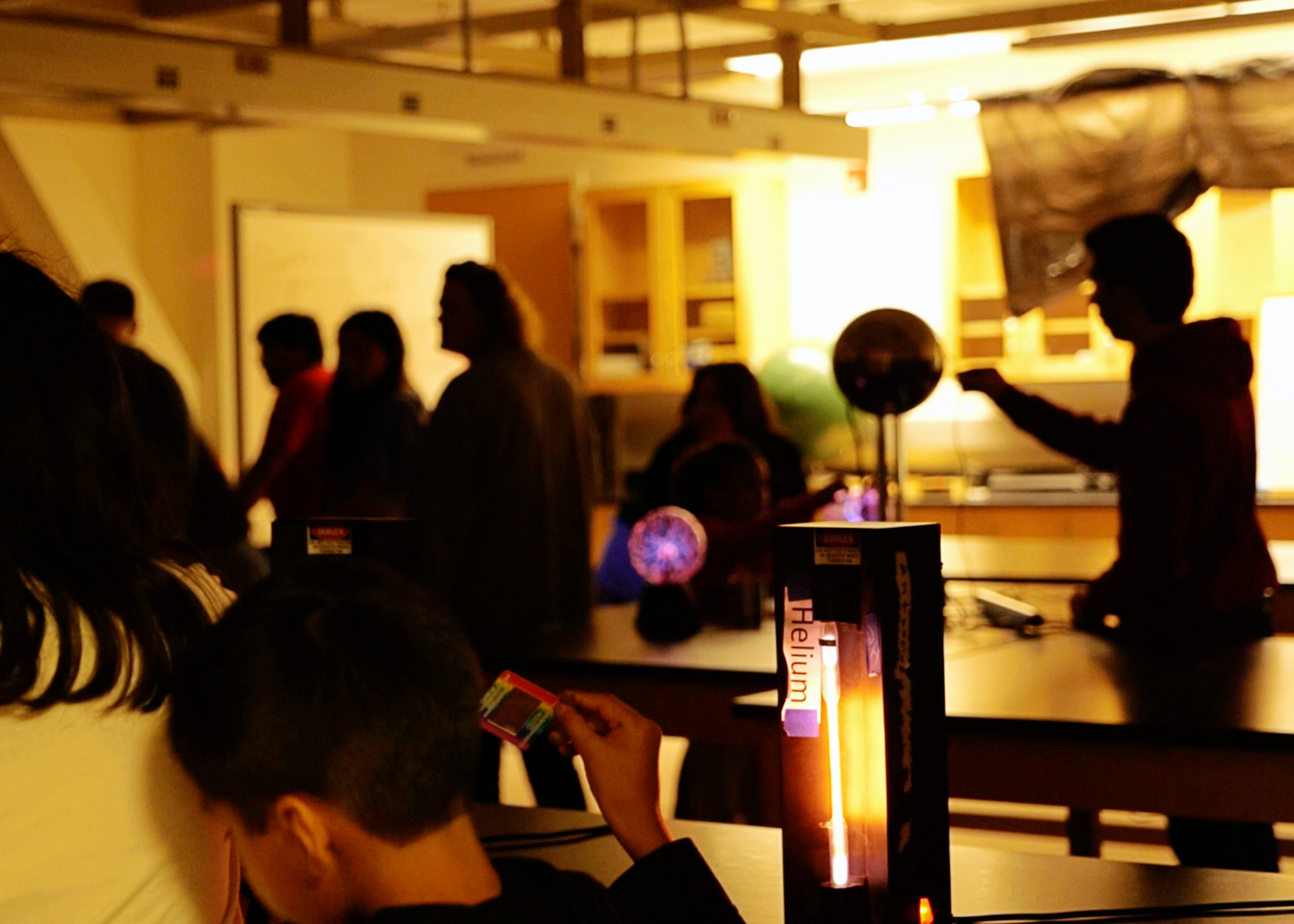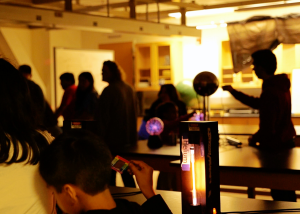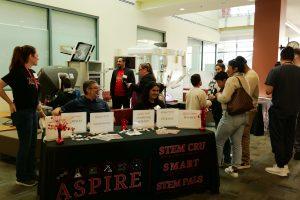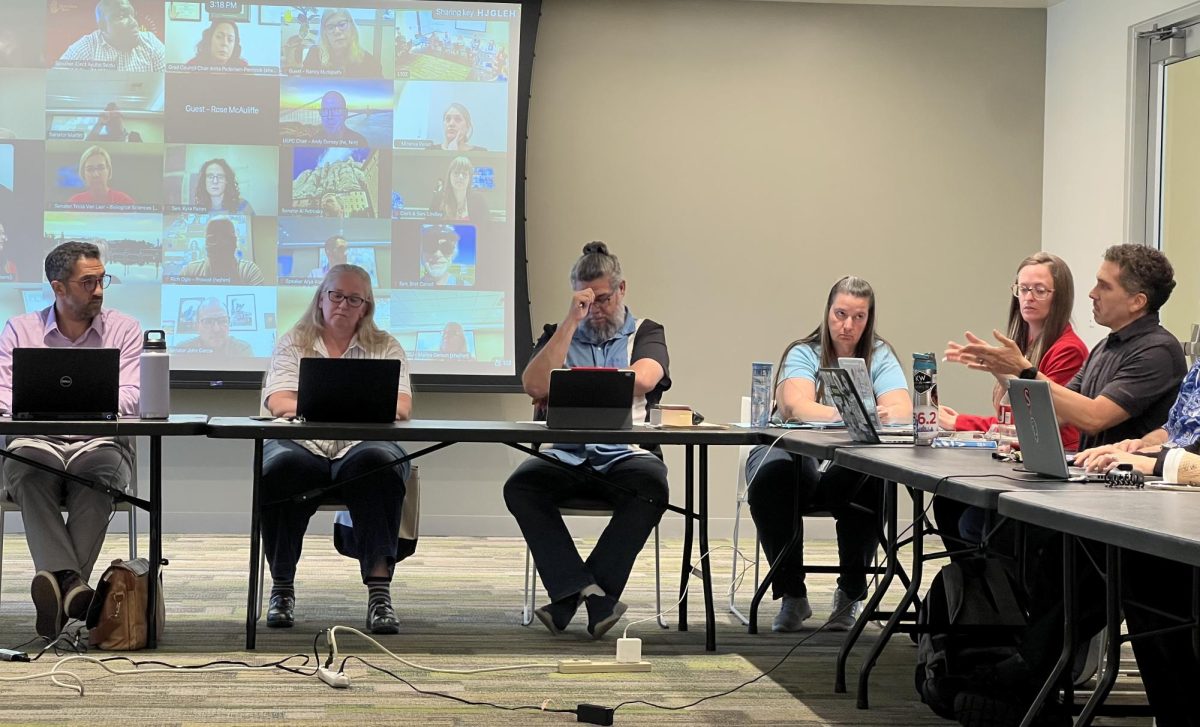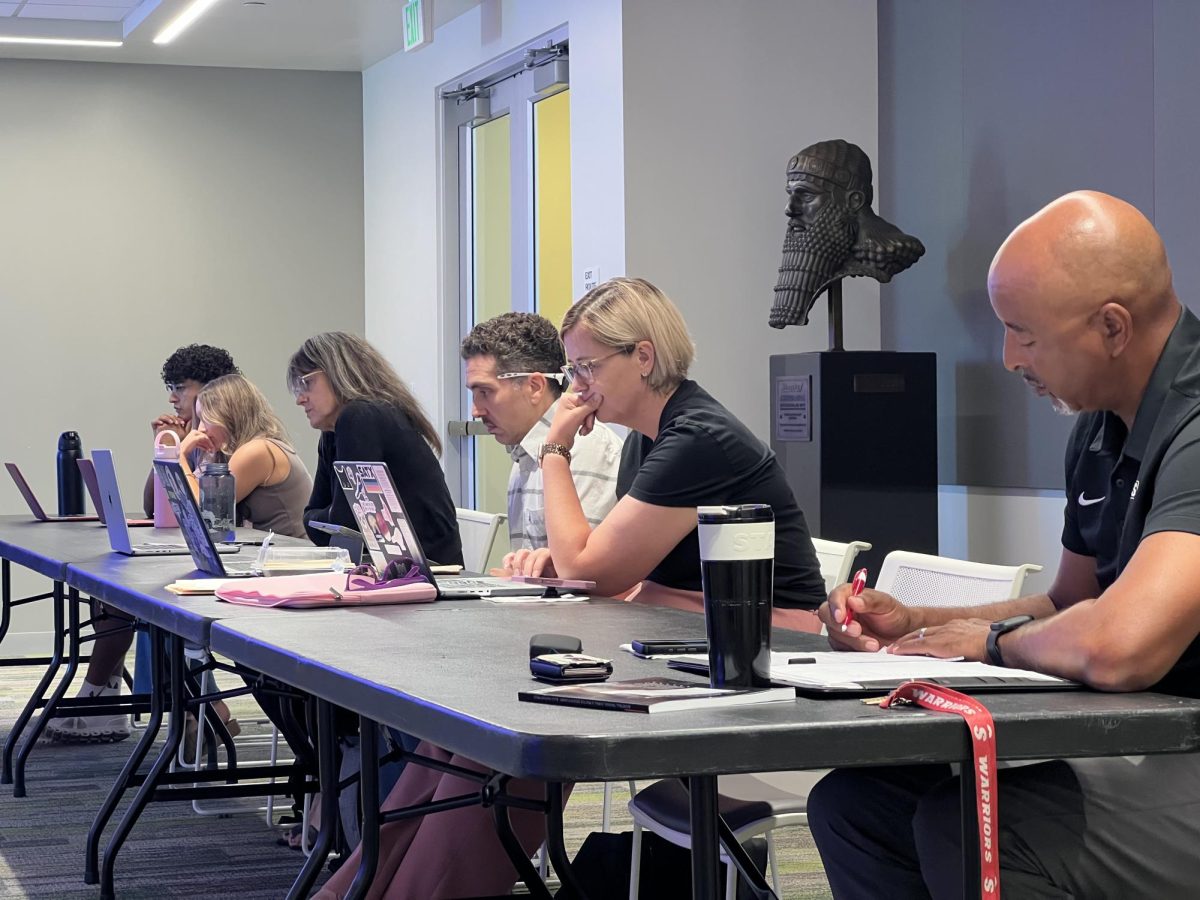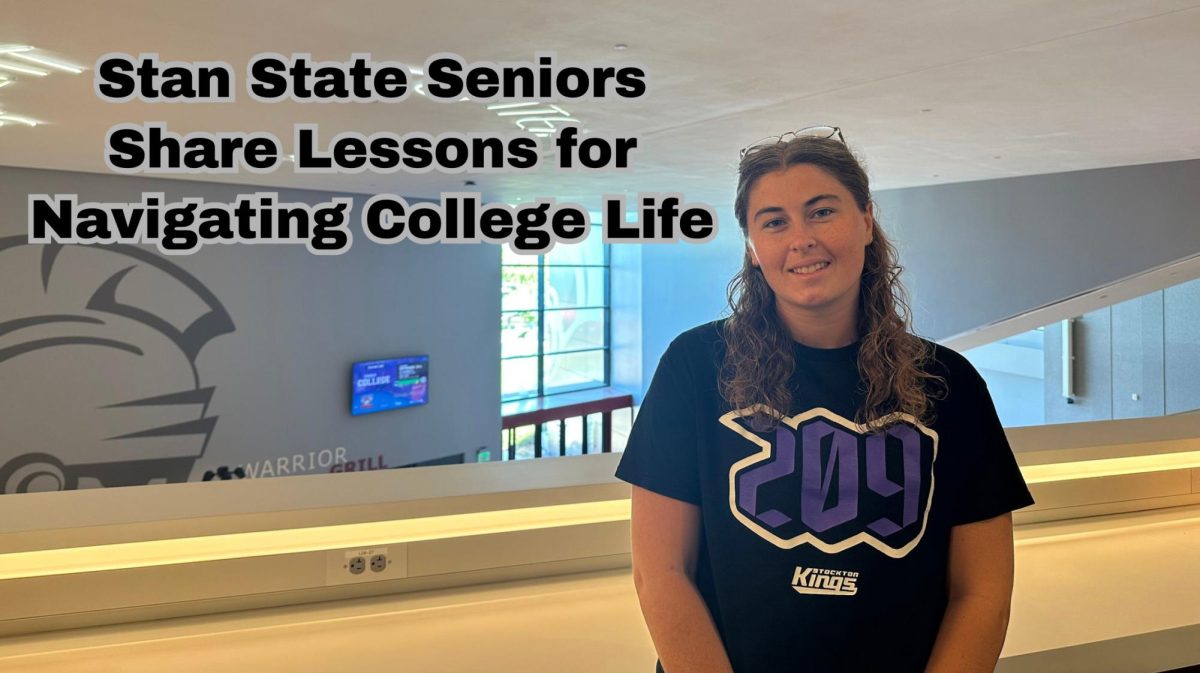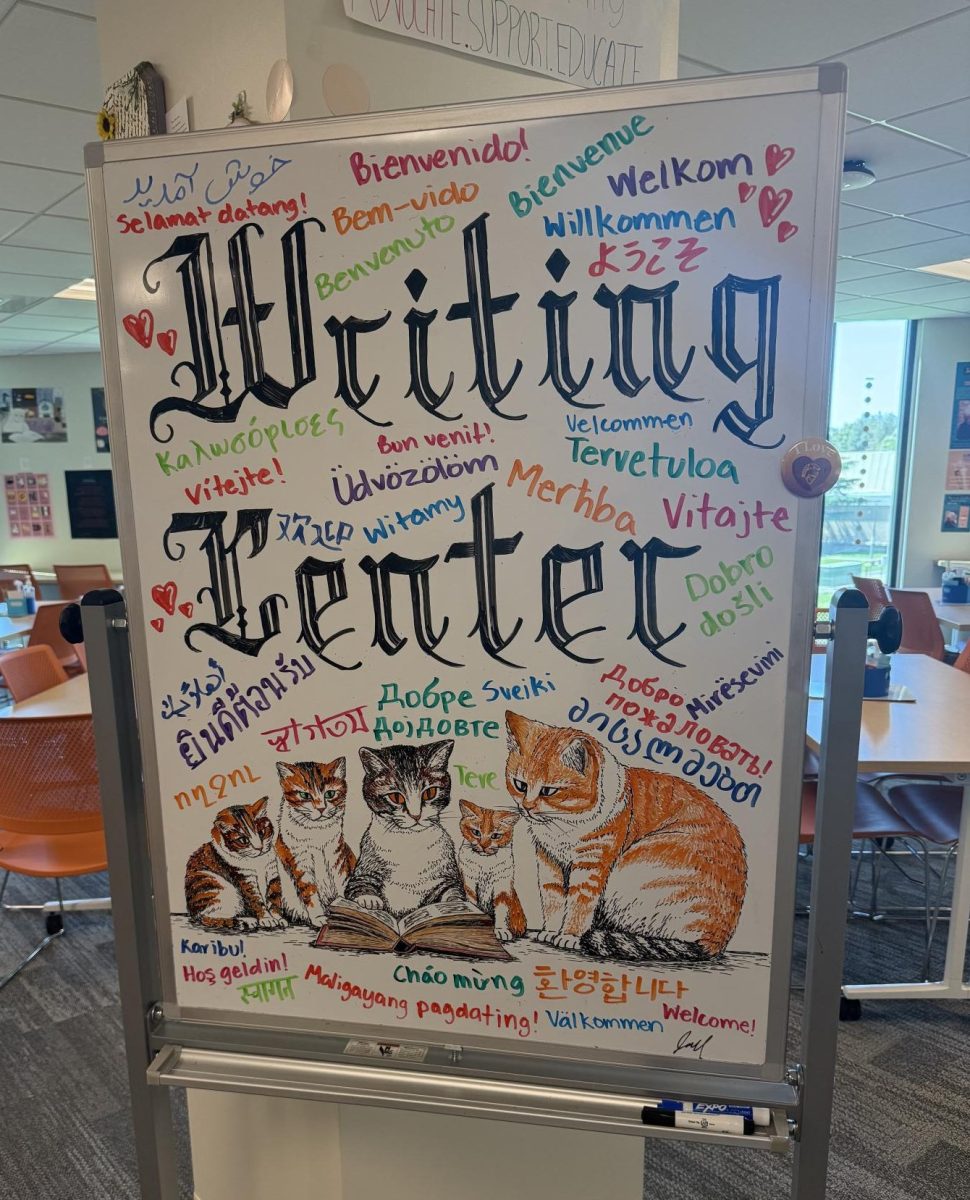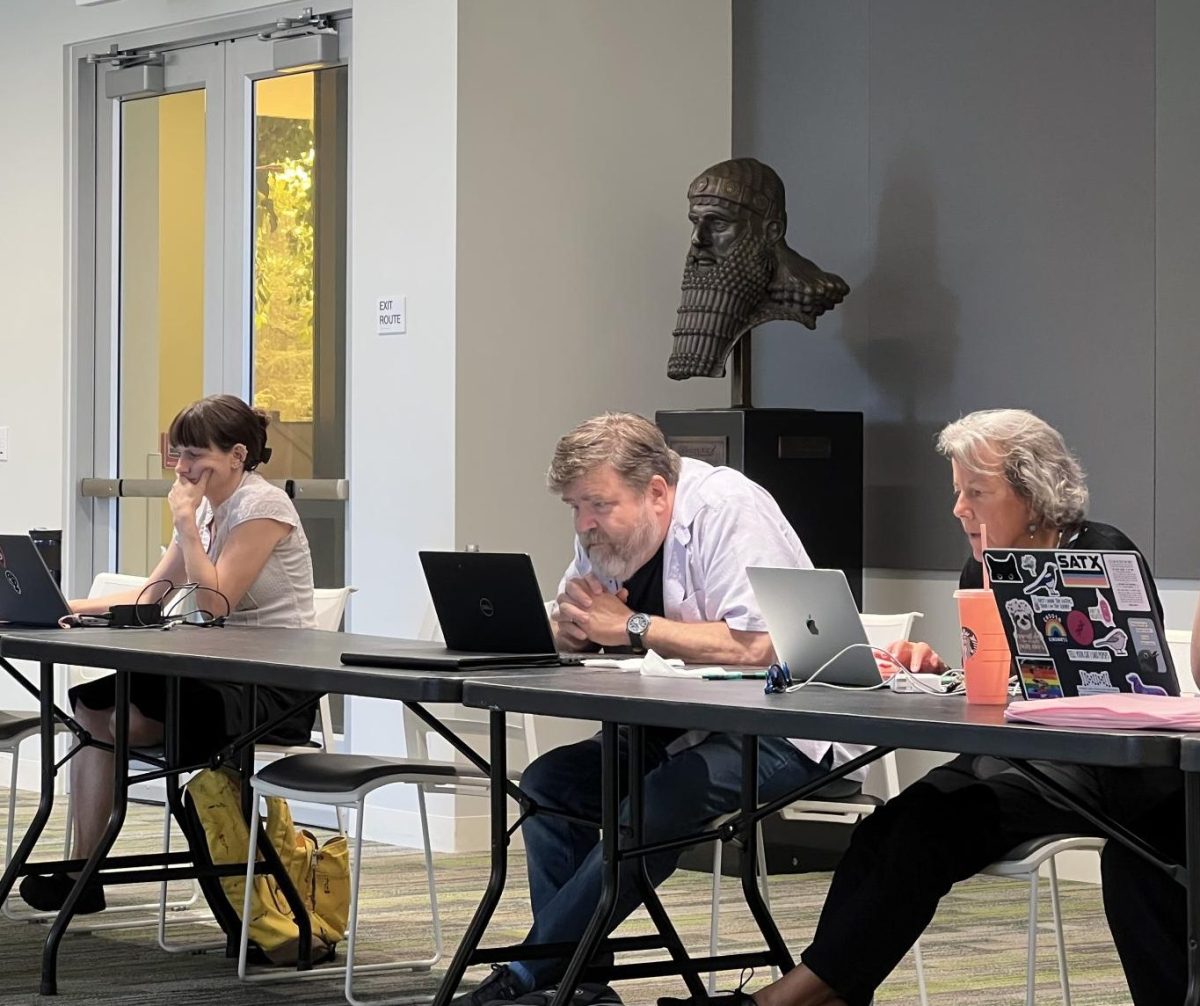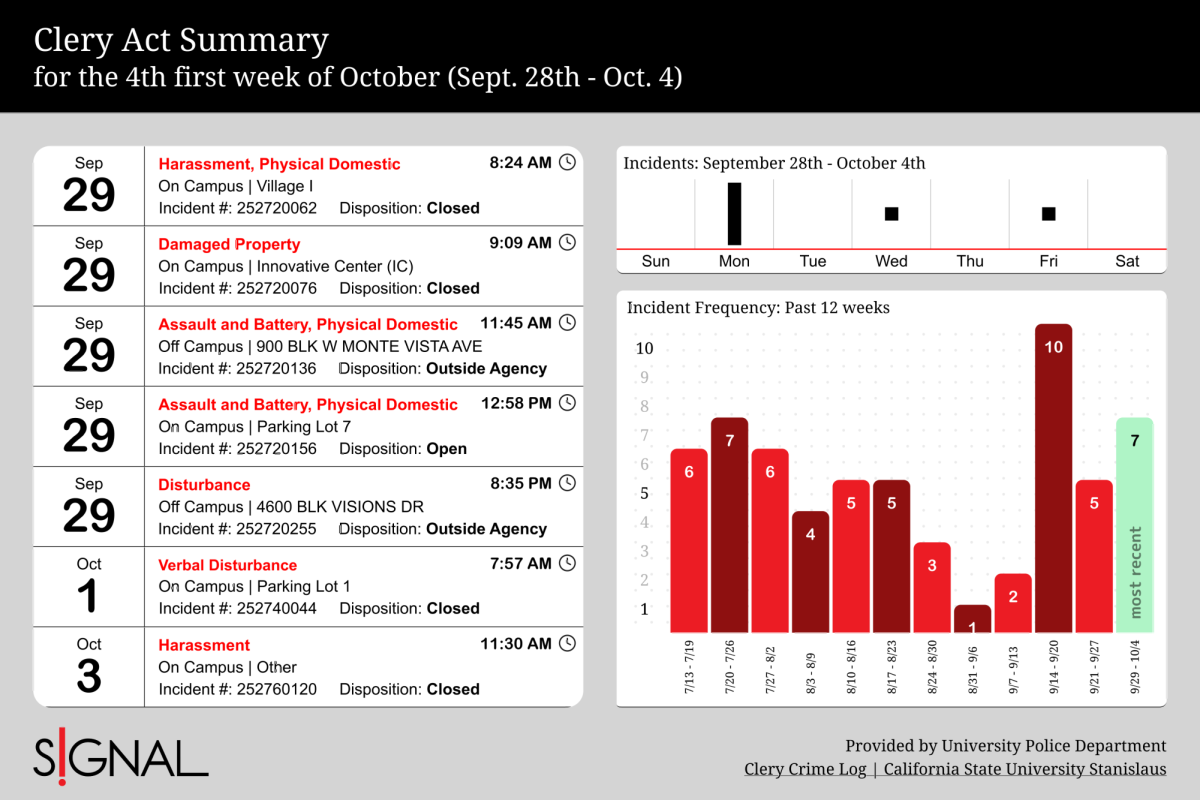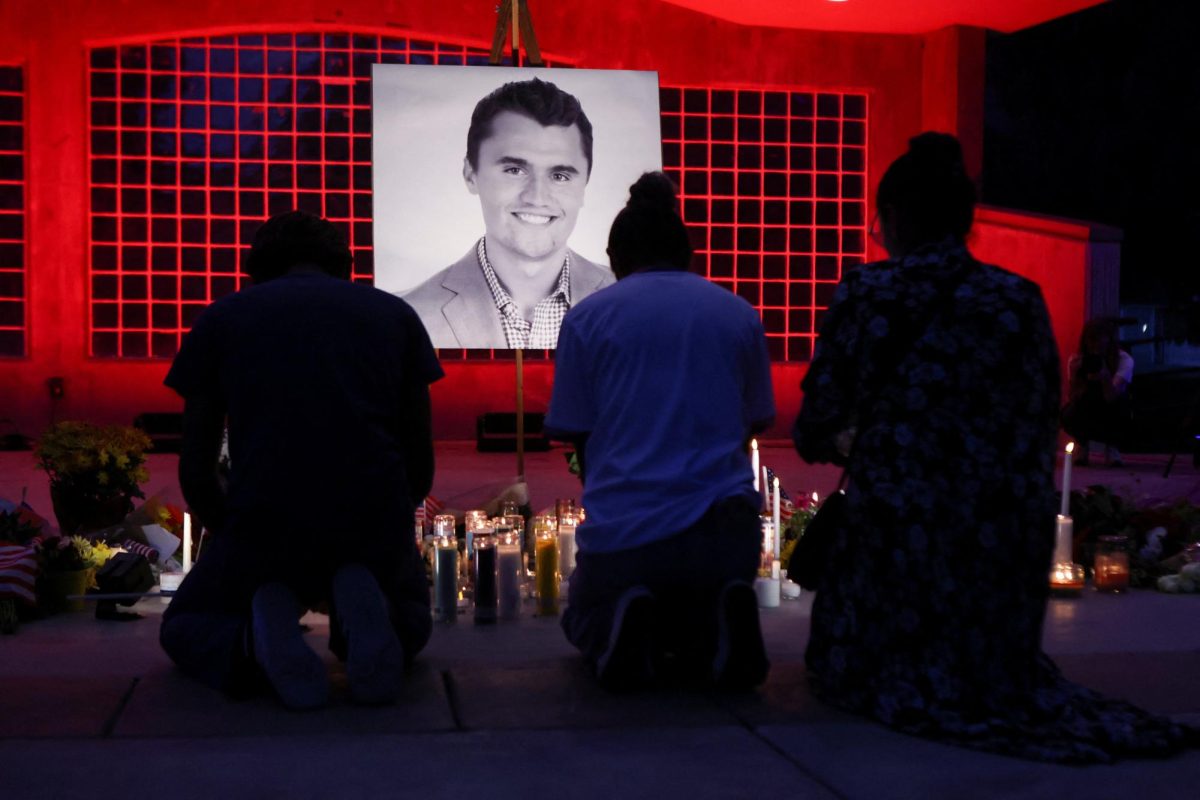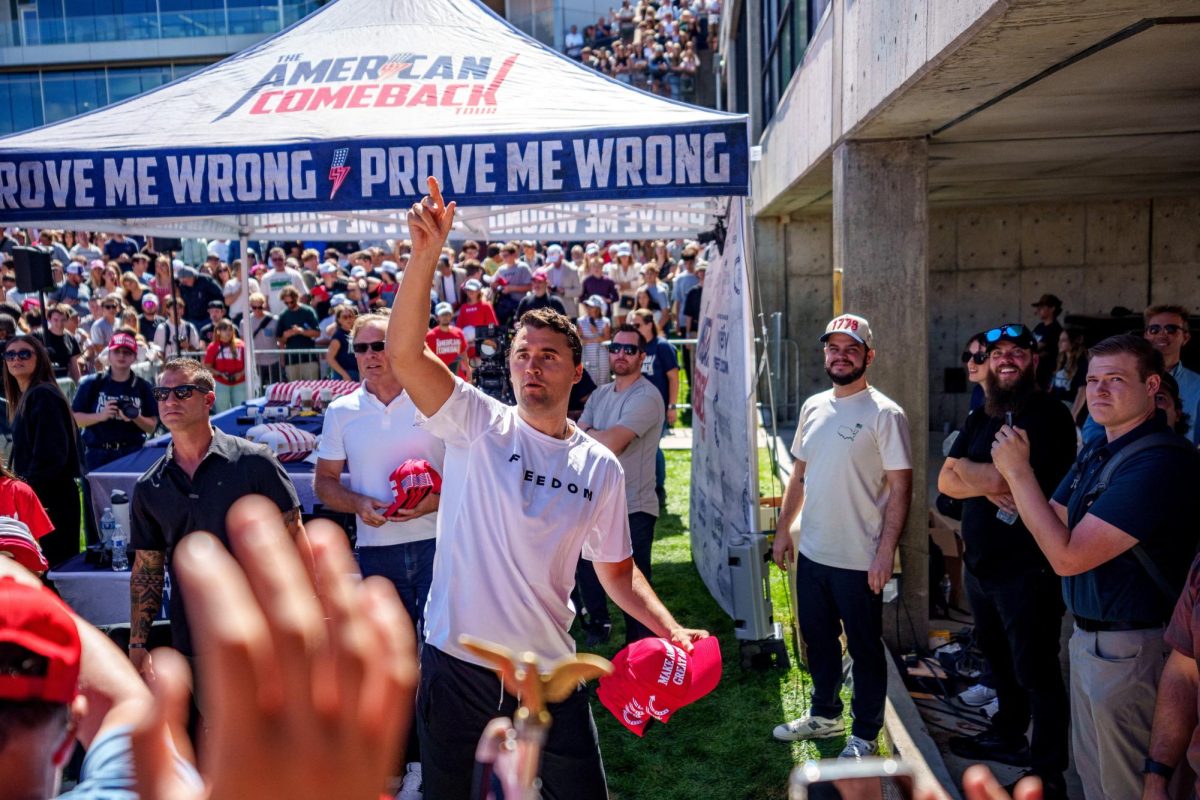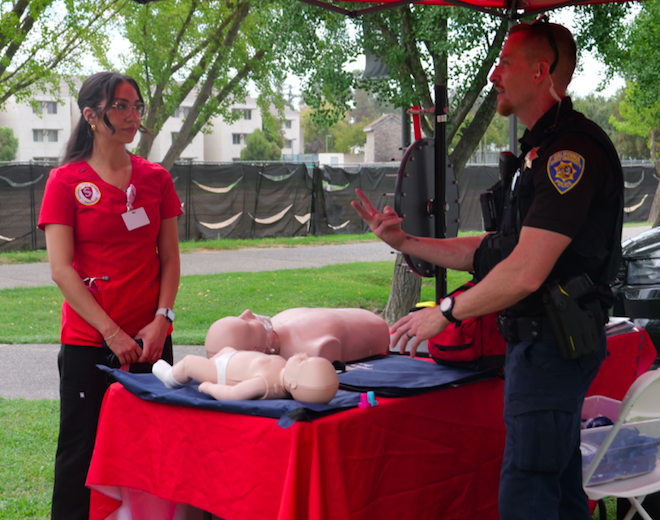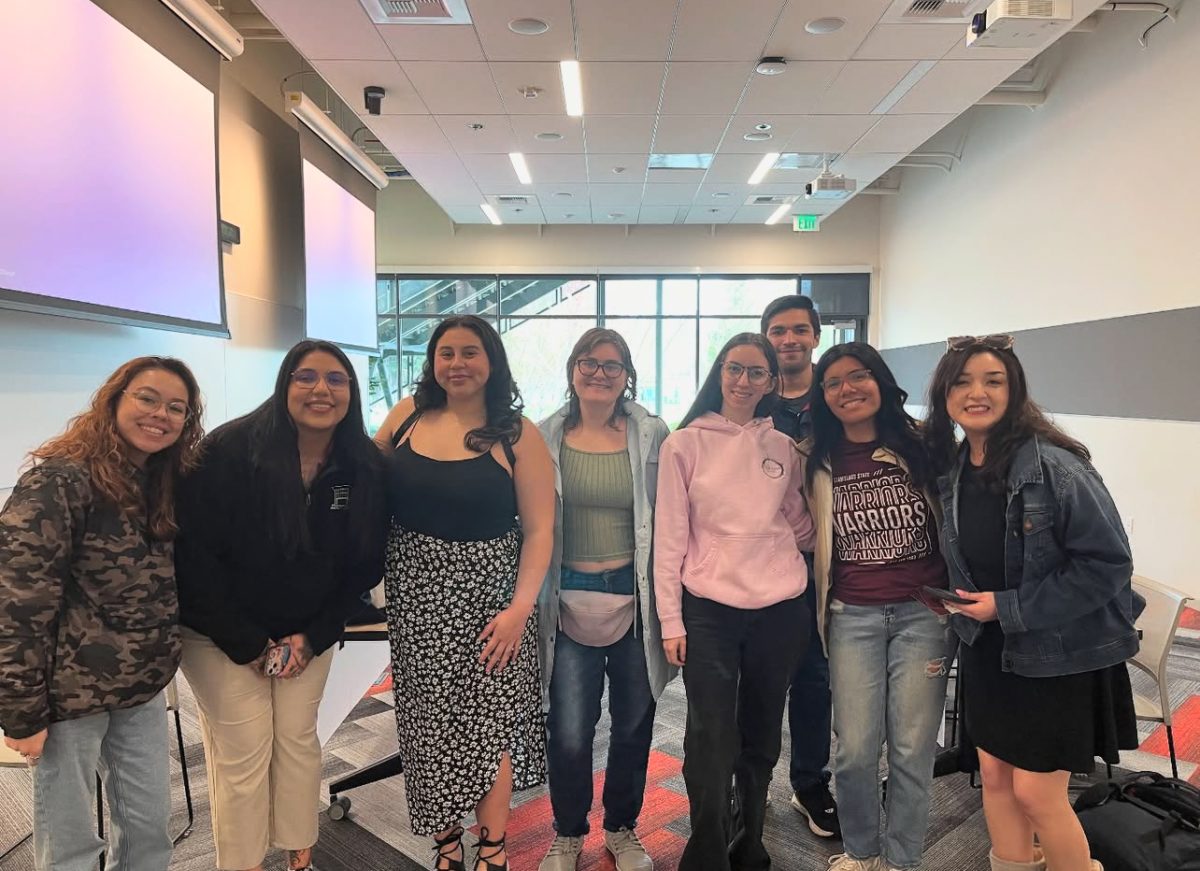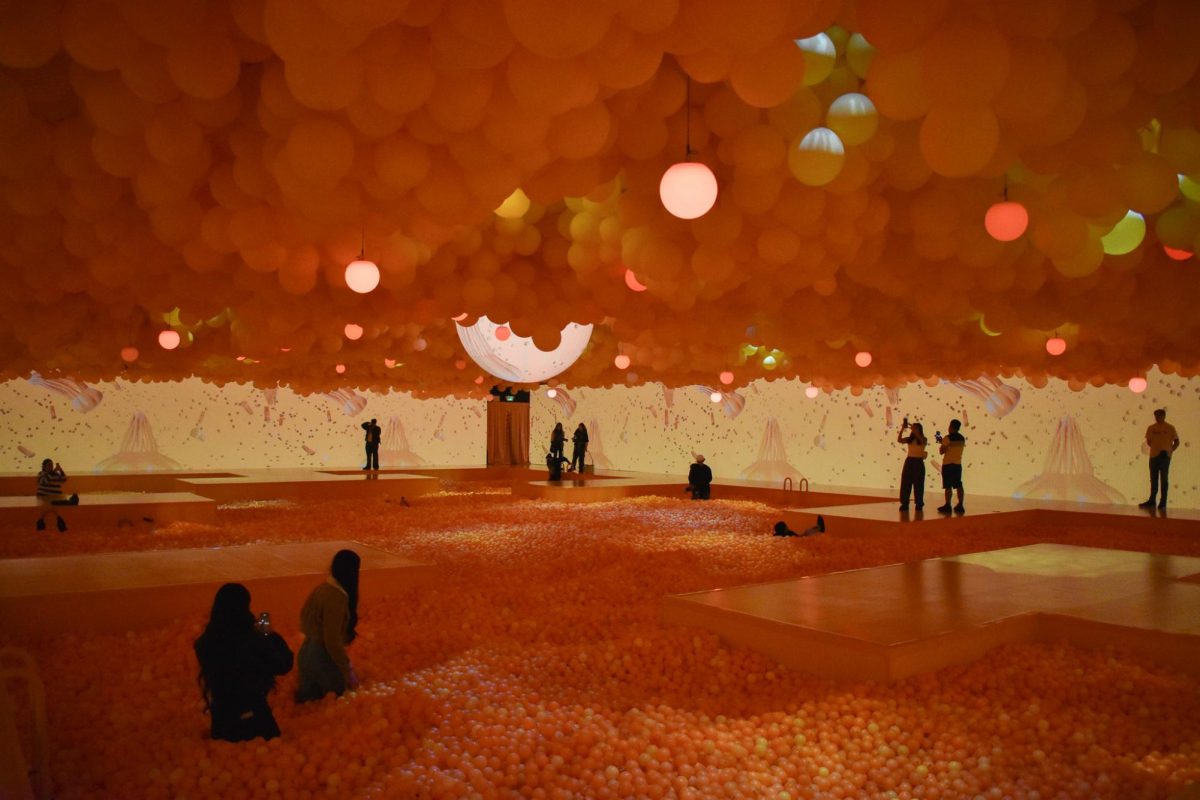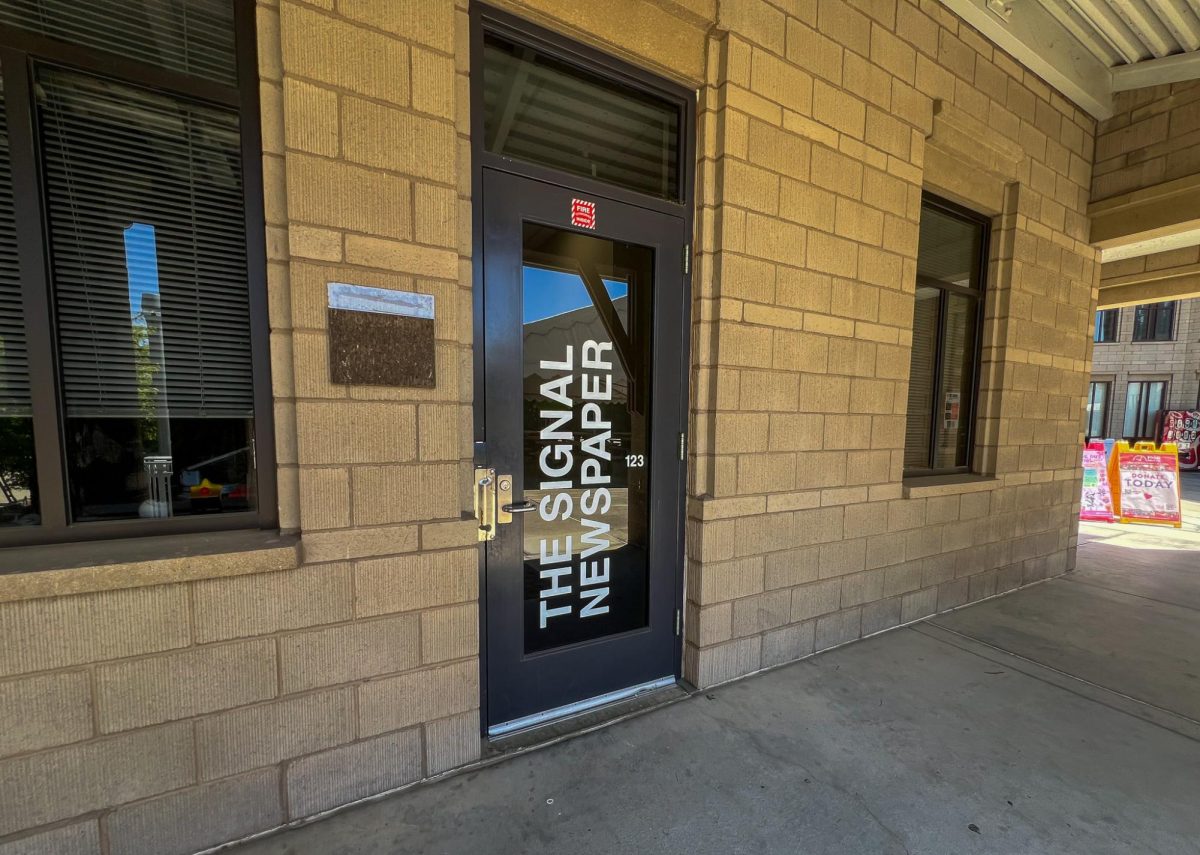Earlier this March, CSU Stanislaus hosted Science Day 2023. Throughout the pandemic it was held virtually, but it came back in person this spring.
The event took place in and around Naraghi Hall of Science on March 11 starting at 10:00am until 2pm.
The event was aimed towards children in grades K-12 as an attempt to get them interested in the sciences early on.
The stan state campus played host to around 3000 community members who attended the event and 350 volunteers made up of staff, students, and faculty.
Dr. Mark Grobner, professor of Biology, was the event coordinator for the Science Day event, but gave credit to the Office of Service Learning for doing much of the work necessary to make the day as successful as it was.
“Yeah, we work with the Office of Service learning who’s really a a big driver of this whole thing. I know we call it the College of Science presents, but it really should be the Office of Service Learning presents because they do a lot of the leg work for it,” he said.
He goes on to say that there’s more to it than just getting volunteers to participate and put on the activities, but that it’s really a whole group effort.
“All the departments on campus that support the campus get involved one way or another. Everything from groundskeepers to custodians to police officers to the people in HR who handle all the volunteer paperwork that we have to do for the event,” said Grobner.
The event was full of activities for attendees to participate in and learn about the sciences in interactive, hands-on ways.
Medical students from UC Davis were there teaching people how to use portable ultrasounds to find the different organs within the human body.
Those who attended could participate in an avian adventure where they could learn about different birds and bird life.
Science Day also offered people the opportunity to learn about lasers, electricity, how to dissect a squid, and more.
Dr. Brian Morsony, professor of Physics, had a couple different projectile demos set up for the event attendees.
The demos ranged from using a slinky walking down the stairs to show momentum to showing how a supernova occurs. He even set up a spring cannon that would launch a bouncy ball as well as a trebuchet.
“Kind of like for supernova star collapses and then the stuff bounces off the inside. It makes the star explode. So you have like a basketball and then you put like, a tennis ball on top of it and drop the tennis ball, shoots up and hits the ceiling or something,” Morsony explained.
Morsony liked doing these little demos because it was something that could be set up quickly and was interesting to the viewer who would also learn a little bit about physics from the experience.
Dr Jeanette Pirlo, assistant professor of Evolutionary Biology, was in charge of paleontology for a day activity during the event.
“We had a megalodon jaw building activity with 3D printed teeth. And then we had a bunch of fossils and modern animals that they could compare fossils to and try to identify what they were,” she said.
It was a team effort to get her activity set up, as she worked in conjunction with the Fab Lab to get the teeth printed for a class activity she was doing, but she saw an opportunity to use them during Science Day too, as it was a fun way to show those looking into the world of science what it’s about.
“Yeah, I love community engagement activities like these and bringing, you know, our science to the community and involving them in it so that they learn what it is that we do and see the different types of people that do science and see themselves reflected in the people that do science and see that they have a place in STEM,” Pirlo shared.
To keep up with the sciences at Stan State you can find them here.
CSU Stanislaus Hosts Interactive Science Demos for the Public
Brian Miske
•
March 31, 2023
0
Donate to Signal
Your donation will support the student journalists of California State University, Stanislaus. Your contribution will allow us to purchase equipment and cover our annual website hosting costs.
More to Discover


